Let’s defuse the petrol and diesel bomb
Conservative analysts believe crude oil price can go beyond $150 next year
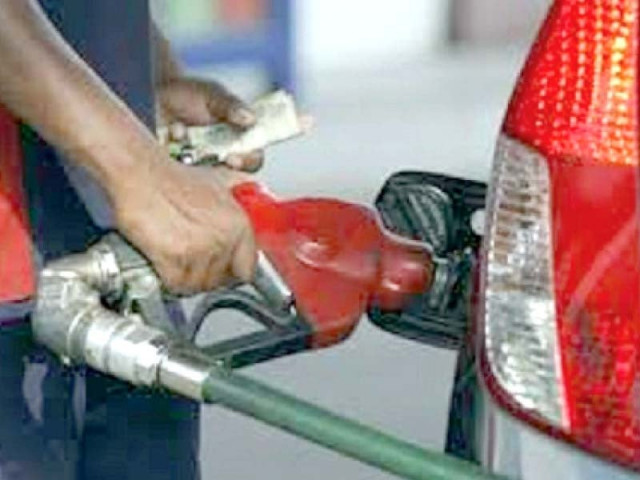
Politicians have plenty of tools at their disposal. The economy being the prime area, hence, the economic policies are a way to advance the political capital in times of uneasiness, elections and loss of votes, by targeting voter needs and, intriguingly, making it difficult for the next policymakers to manage. It’s a product of this strategic chess game. Masses live with it.
In 2018, the current finance minister had passed similar massive and unsustainable cuts in salary taxes. Those had to be quickly reversed thereafter.
If the finance minister still holds dearly to that theory, let’s wait for the budget to see if the dollar-adjusted tax slabs are similar to what he had proposed in 2018. Not going to be so.
Similarly, former prime minister Imran Khan froze petrol and diesel prices for months, being aware of the presumed conspiracy, at the time of no-confidence vote and when the inflationary wave was about to get unleashed. It couldn’t go far either.
Commodity markets are unpredictable and definitely beyond the scope of the best global investment banks, let alone the policymakers in frontier markets.
While most of the analysts are glued to the benchmark oil prices – West Texas Intermediate (WTI) and Brent ($115 per barrel), there is more to this than meets the eye.
Oil analysts had expected the “ugly scenario” in which crude oil could top $200 and the conservatives still believe the price can go beyond $150 in 2023.
Russia, on the other hand, triggered panic at the time of EU mulling an embargo, warning oil could go north $300. With these warning signs, the policymakers should have been careful.
In hindsight, if you wanted to give a subsidy, it should have been a variable. For instance, instead of freezing the price, the leaders could and still can announce 0% taxes on fuel. In that case, at least the cost could have been passed on a fortnightly basis.
Unfortunately, despite the recent Rs30-per-litre hike, the price differential claim (PDC), or the subsidy, is Rs17 and Rs57 per litre on petrol and diesel respectively.
Interestingly, global fuel prices are exactly where they were almost three months ago (let’s cut the volatility), so why the abnormal subsidy? It’s the refinery margins.
WTI, Brent, Arab Light and Urals are global benchmarks for unrefined crude oil. Simply, it’s a raw material that has to be refined to produce what we use daily – petrol, diesel, furnace oil, etc.
In the long run, these margins hover anywhere between $10 and $15 per barrel, or even in single digit in an oversupplied market.
Lately, the diesel margins – or cracks/ spreads – have climbed as high as $60 per barrel, only to soften to $40sh nowadays. Gasoline cracks climbed to $40sh from $10sh in March, only to march towards late $30sh currently.
Enough of technical jargons, just remember that margins have increased on the raw material, hence fuel prices need further subsidy.
If the current government does want to take a bet, it should take a bet on these margins. Let’s suppose, hope, incorporate into the budget and pray that refinery margins fall back to $10 per barrel instead of $40 nowadays.
That $30 bet translates into Rs36 per litre of unsustainable margins, which could revert eventually. Hence, the current cost of fuel – without taxes and petroleum levy – is Rs197 for petrol and Rs230 for diesel at rupee-dollar parity of Rs200.
Now let’s hope that the rupee comes back to Rs180 once the economy is stabilised after IMF’s review and money pours in from China, Saudi Arabia and the UAE along with multilaterals such as the ADB and IDB. The effective cost of petrol and diesel decreases by 10% to Rs180 and Rs210 respectively at the new rupee-dollar parity.
Clip the “unsustainable” refinery margins of Rs30 per litre and the cost would further come down to Rs150-160 per litre. It should be noted that the diesel PDC is higher as the spreads went much higher than petrol’s but are now converging at $35.
All that is needed – along with the bet and prayers – is further Rs15-25 price hike. It’s better to do it faster (may be June 1) before the budget, so the IMF sees that we mean business. The further increase in fuel prices would be passed on without delay or political interference.
It’s a matter of economic survival. There are chances of the crude benchmark going back to $150 if OPEC is not cajoled to pump more, which seems unlikely thus far. But to bring back the economy on track, actions are needed.
According to the statistical models, the Consumer Price Index (CPI) is expected to touch 17-18% YoY after a few months once these adjustments are made. This would put further pressure on the cost of borrowing but has to be supported by the tight monetary and fiscal policies.
Subsidise only the poor through Ehsaas and other fuel cards. At that point in time, the message to the business community should be that we saw it coming, we are ready to endure it and this too shall pass. And never repeat.
The writer is an investment specialist with keen interest in political economy
Published in The Express Tribune, May 30th, 2022.
Like Business on Facebook, follow @TribuneBiz on Twitter to stay informed and join in the conversation.

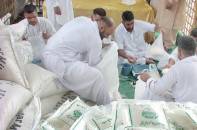
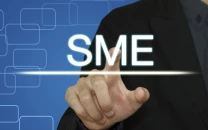
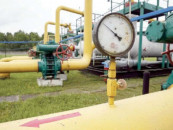

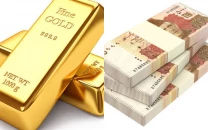
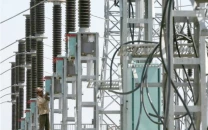












COMMENTS
Comments are moderated and generally will be posted if they are on-topic and not abusive.
For more information, please see our Comments FAQ